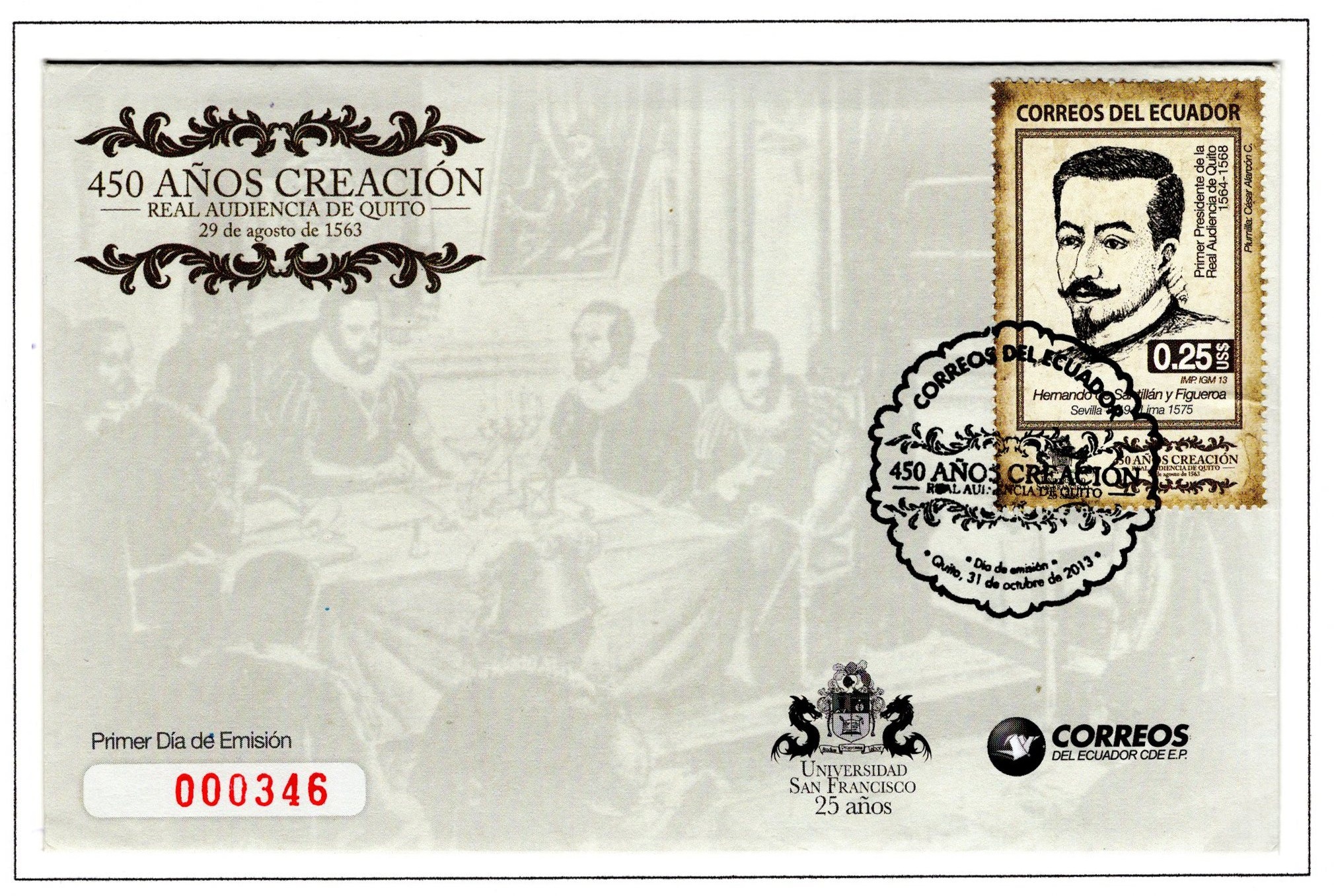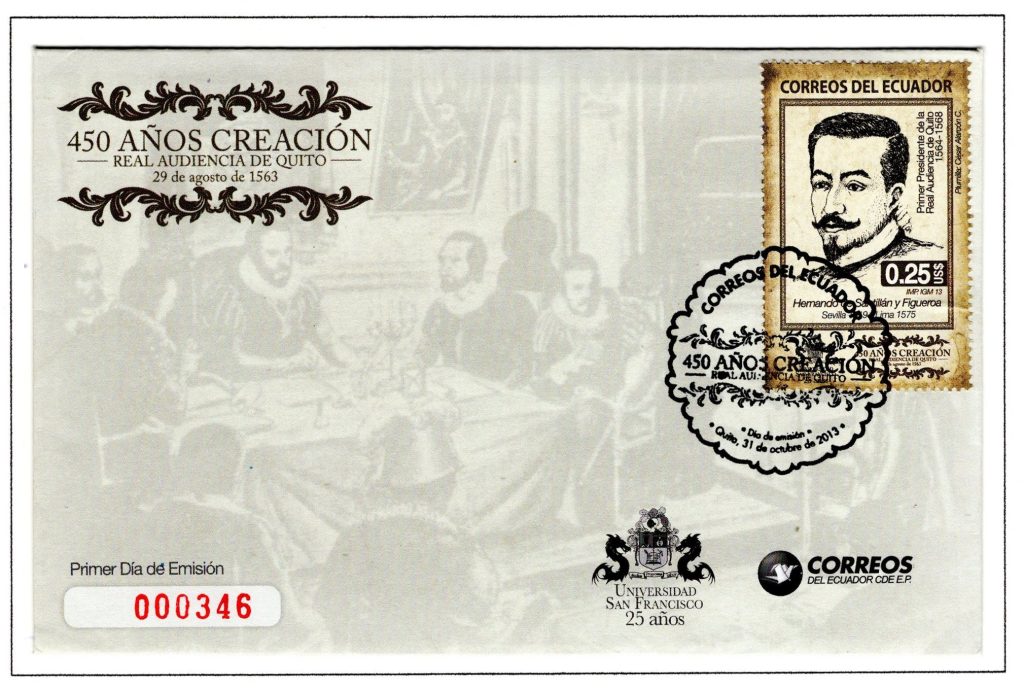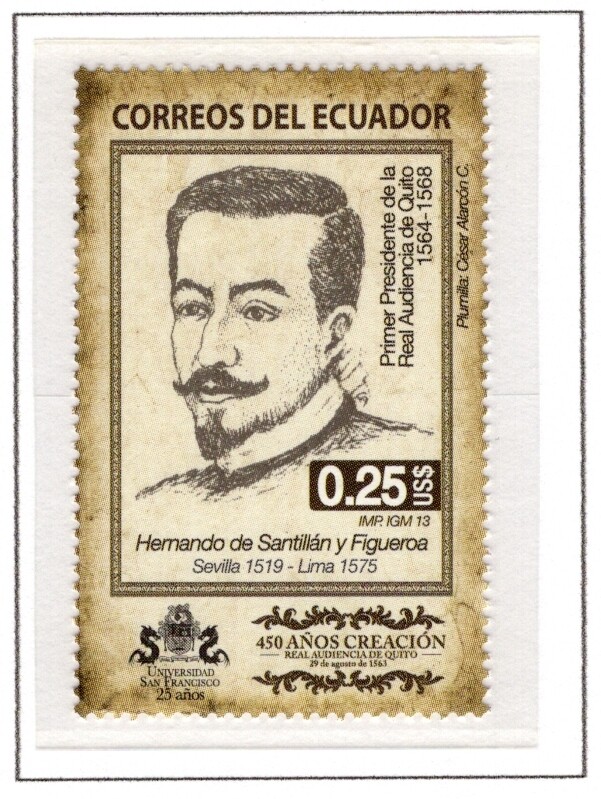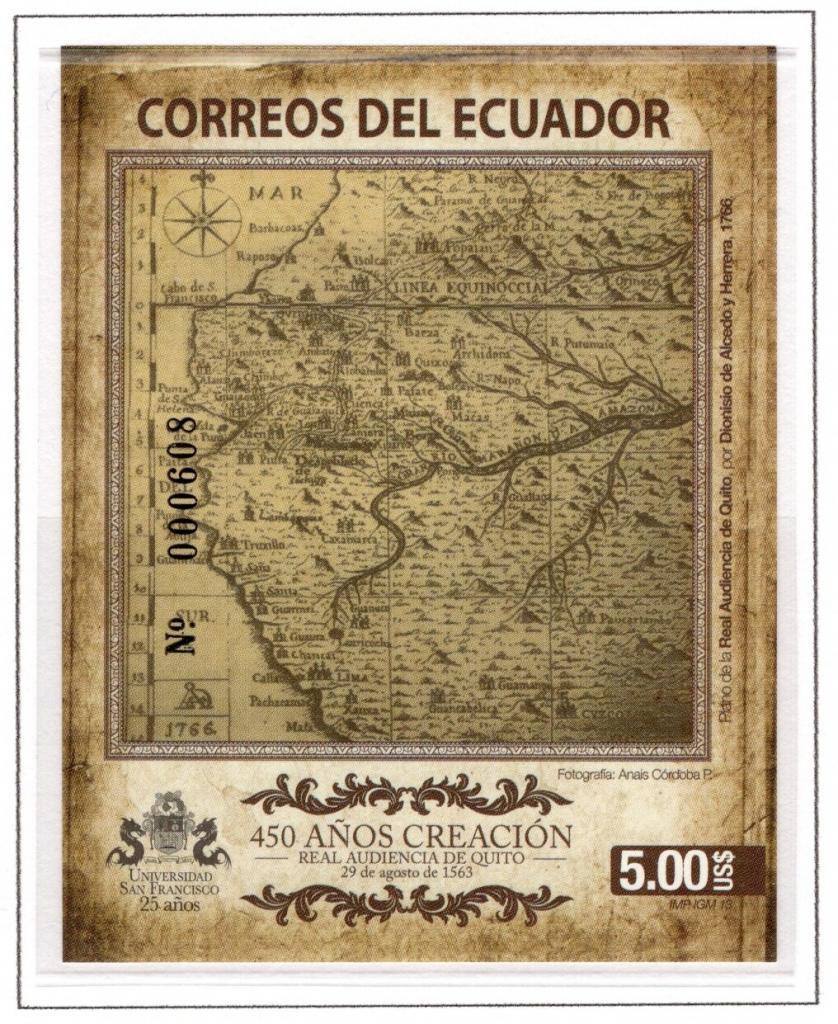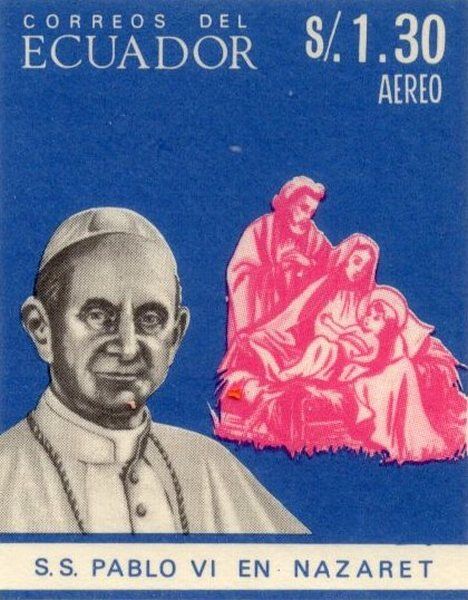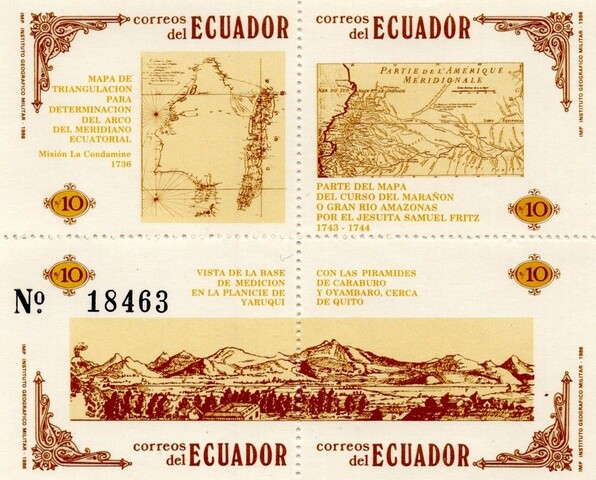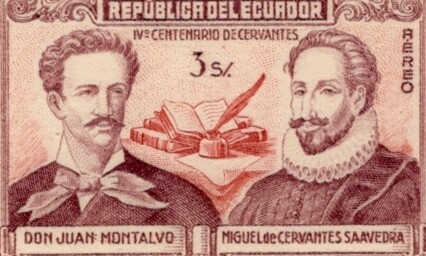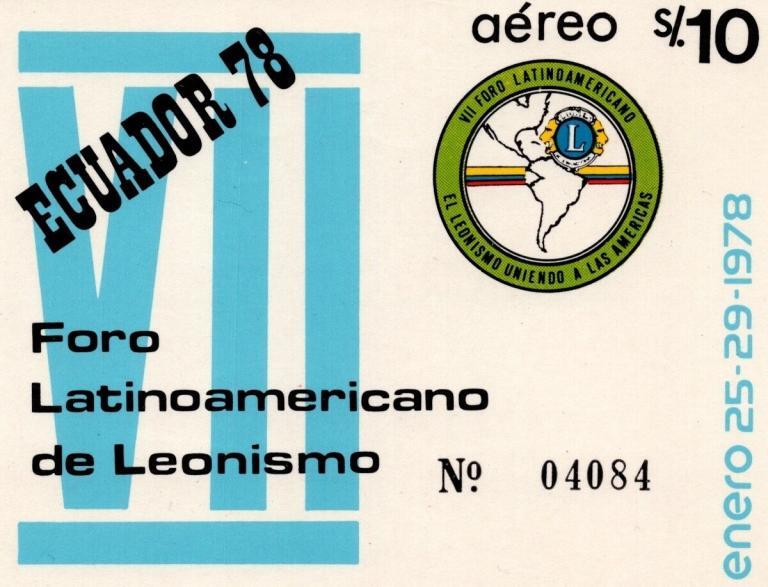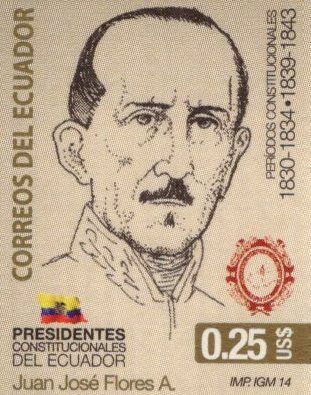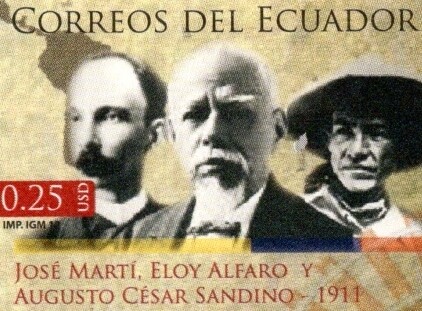Royal Audiencia of Quito
Royal Audiencia of Quito
The Real Audiencia de Quito, also known as the Royal Audiencia of Quito, was a Spanish colonial administrative body established in the 16th century. It was responsible for governing the territories that now comprise the modern-day countries of Ecuador, Colombia, and Panama. The Audiencia played a significant role in the political, economic, and social development of the region, shaping its history and culture.
The Audiencia was established in 1563 and was initially part of the Viceroyalty of Peru. However, in 1717, it became part of the newly created Viceroyalty of New Granada. The Audiencia had a complex structure, with a president, several judges, and other officials responsible for overseeing various aspects of colonial administration, such as justice, taxation, and trade.
One of the most significant contributions of the Audiencia was the development of the region’s economy. The Audiencia encouraged trade and commerce, which led to the growth of Quito as a commercial hub. The region’s agricultural production also flourished, with crops such as cocoa, tobacco, and sugar becoming major exports. The Audiencia also played a role in the development of mining in the region, with silver and gold being extracted from mines in the Andes.
The Audiencia also had a significant impact on the region’s culture and society. It established educational institutions and encouraged the spread of Christianity through the construction of churches and the conversion of indigenous peoples. The Audiencia also had a role in preserving the region’s pre-Columbian heritage, with several indigenous languages being documented and studied by scholars.
Despite its significant contributions, the Audiencia was not without its flaws. The Spanish colonial system was often oppressive and exploitative, with indigenous peoples and African slaves subjected to forced labor and other forms of mistreatment. The Audiencia was also vulnerable to corruption, with officials often abusing their power for personal gain.
In the late 18th century, the Audiencia played a significant role in the struggle for independence from Spanish rule. In 1809, a group of Quito-based patriots declared independence from Spain, and the Audiencia became a center of resistance against colonial rule. However, it was not until 1822 that Ecuador finally achieved independence, after the liberation of Quito by the forces of Simon Bolivar.
Overall, the Real Audiencia de Quito played a significant role in the history of the region. Its contributions to the economy, culture, and society of the region were significant, and its legacy continues to be felt in modern-day Ecuador, Colombia, and Panama. However, the Audiencia’s history is also a reminder of the complex and often troubled relationship between colonial powers and the regions they colonized.
Hernando de Santillan y Figueroa was a prominent figure in the Real Audiencia de Quito during the 17th century. He was born in Cuenca, Spain, in 1606 and arrived in Quito in 1643, where he quickly rose to prominence. Santillan y Figueroa was appointed oidor, or judge, of the Audiencia in 1645, and later served as president from 1655 to 1660.
During his tenure as president, Santillan y Figueroa worked to promote the economic and social development of the region. He encouraged the production of crops such as cocoa and tobacco, which became major exports for the region. He also worked to improve the infrastructure of the region, overseeing the construction of roads and bridges that helped to facilitate trade and commerce.
Santillan y Figueroa was also a strong advocate for the rights of indigenous peoples. He believed that they should be treated fairly and justly, and worked to ensure that they were not exploited or mistreated by Spanish colonial officials or settlers. He also played a role in preserving the region’s pre-Columbian heritage, working with indigenous leaders to document and study their languages and cultural practices.
Despite his many accomplishments, Santillan y Figueroa was not without his flaws. Like many colonial officials, he was a product of his time and place, and his actions were often guided by the prevailing attitudes and beliefs of the day. He was also accused of corruption and abuse of power, although these allegations were never proven.
Today, Santillan y Figueroa is remembered as one of the most influential figures in the history of the Real Audiencia de Quito. His efforts to promote economic development and social justice laid the foundation for many of the region’s later successes, and his advocacy for indigenous rights and cultural preservation helped to shape the region’s identity and heritage. While his legacy is complex and multifaceted, there is no doubt that he played a significant role in the history of this important colonial institution.

